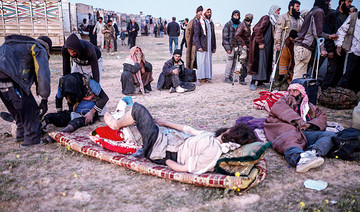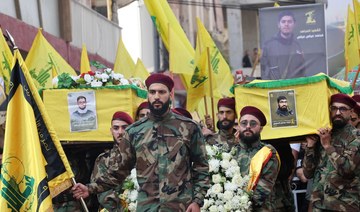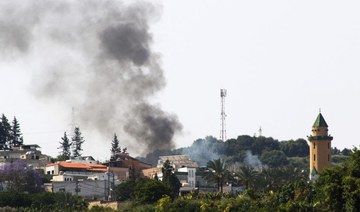LONDON: The Iranian regime is seeking to dominate countries in the Middle East, the top US commander for the Middle East said Thursday at a House Armed Services Committee (HASC) hearing on national security challenges.
Gen. Joseph Votel also said that although Daesh militants are losing the last of their territory in Syria, the militants who remain are unbroken and radicalized, and represent a "serious generational problem."
"The ISIS population being evacuated from the remaining vestiges of the caliphate largely remains unrepentant, unbroken and radicalized. We will need to maintain a vigilant offensive against this now widely dispersed and disaggregated organization," he said.
"Reduction of the physical caliphate is a monumental military accomplishment - but the fight against ISIS and violent extremism is far from over and our mission remains the same," General Joseph Votel, head of the US Central Command, told Congress.
Votel told the House committee that unless Daesh and its ideology are handled properly, the militant group will sow the seeds of future violent extremism.
The US commander's assessment provides a reality check to President Donald Trump's repeated assertion in recent weeks that Daesh has been defeated and lost 100 percent of its "caliphate," which once covered a vast territory straddling Syria and Iraq.
Votel says Daesh now holds less than a single square mile, but has kept that that sliver of land for weeks, and many militants have escaped and are in hiding.





















